Capturing birds in flight has long been considered one of photography’s greatest challenges, traditionally requiring expensive cameras with fast shutter speeds and long telephoto lenses. However, with the remarkable advancement of smartphone camera technology, this once-exclusive pursuit has become accessible to virtually anyone with a modern phone. The combination of computational photography, improved sensors, and user-friendly interfaces means today’s smartphones can capture stunning avian action shots that were impossible just a few years ago. This article will guide you through the techniques, settings, and approaches needed to transform your smartphone into a powerful tool for bird flight photography, allowing you to document these breathtaking moments wherever your adventures take you.
Understanding Your Smartphone’s Camera Capabilities
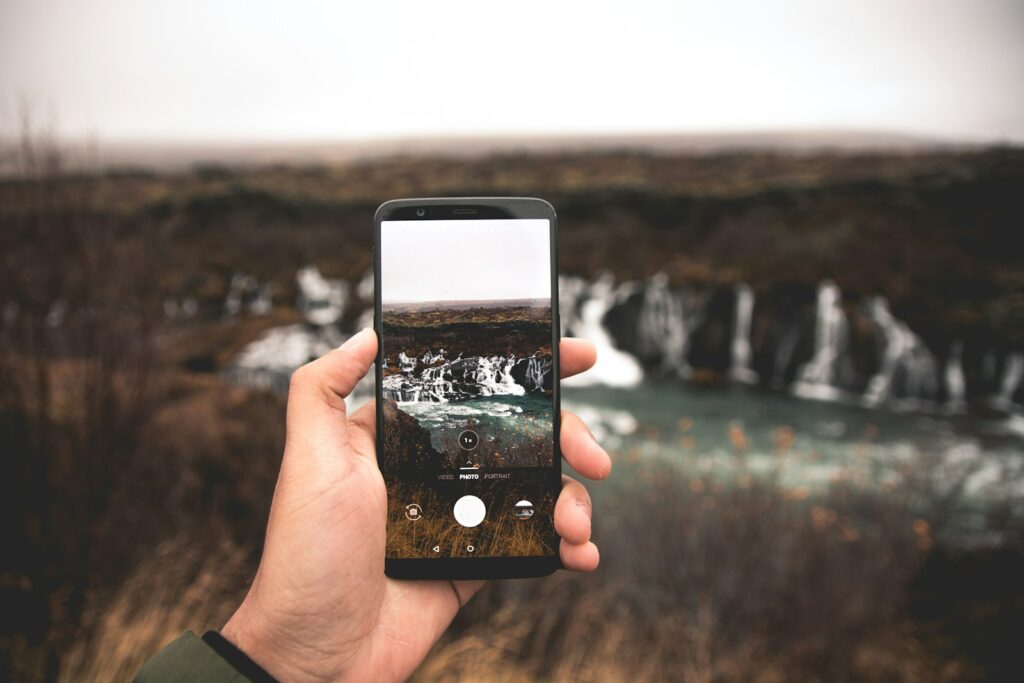
Before attempting to photograph birds in flight, it’s essential to understand your smartphone’s specific camera capabilities and limitations. Most modern smartphones feature impressive specs such as optical image stabilization, telephoto lenses, and burst mode shooting—all invaluable for capturing fast-moving subjects. Take time to explore your camera app’s Pro or Manual mode, which allows adjustment of critical settings like shutter speed, ISO sensitivity, and exposure compensation. Additionally, familiarize yourself with your phone’s autofocus system, particularly any tracking focus features designed to follow moving subjects. Understanding the effective range of your device’s optical zoom (if available) versus digital zoom will help you determine how close you need to be to your avian subjects before image quality deteriorates significantly.
Essential Settings for Bird Flight Photography
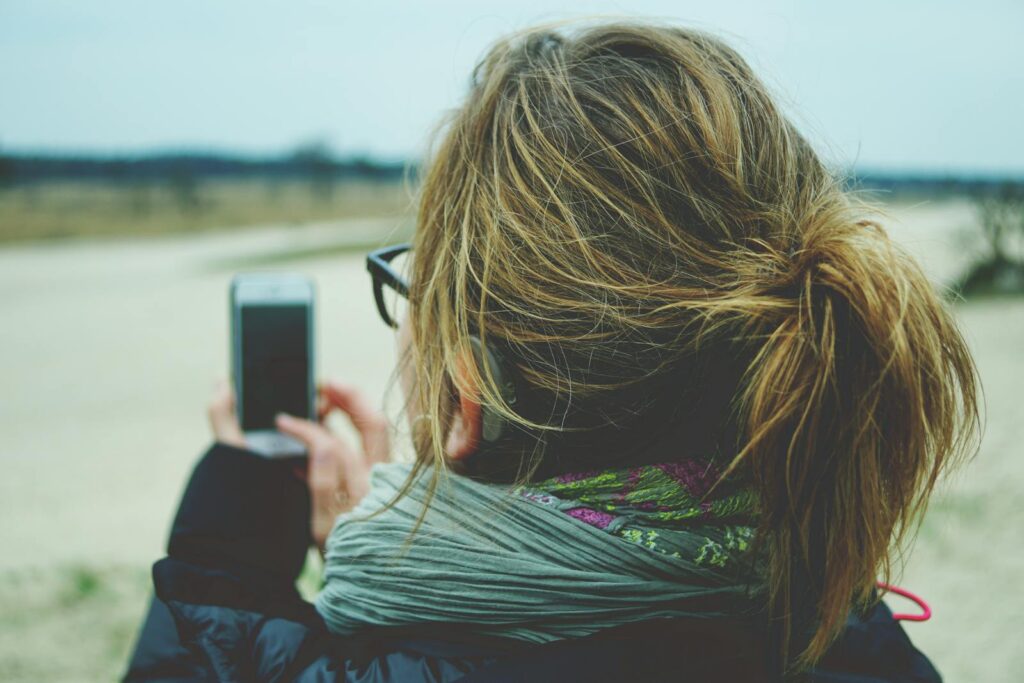
Configuring optimal camera settings is crucial for freezing birds in mid-flight with a smartphone. Begin by selecting the highest possible shutter speed your phone allows—ideally 1/1000 second or faster—to eliminate motion blur from both the bird’s movement and any camera shake. If your device permits manual ISO adjustment, select a setting that balances adequate exposure with minimal digital noise; modern smartphones often perform well between ISO 100-400 in good lighting conditions. Turn on burst mode or continuous shooting to capture multiple frames in rapid succession, dramatically increasing your chances of getting that perfect wing position or dynamic moment. Finally, disable any beauty filters or post-processing effects that might slow down your camera’s operation or interfere with autofocus speed during critical moments.
The Importance of Light in Flight Photography
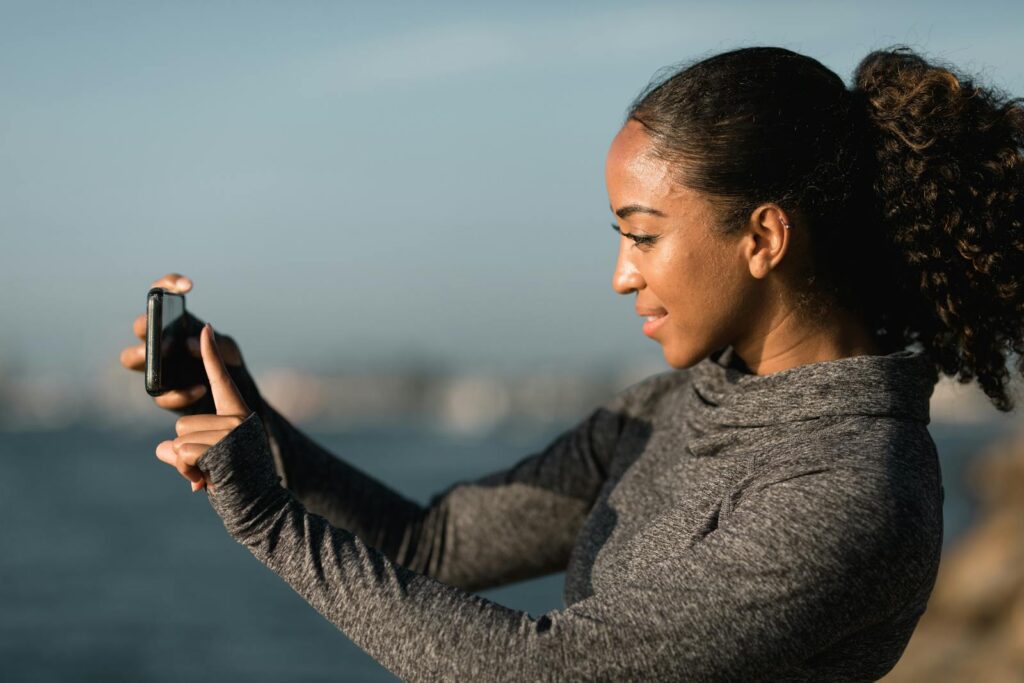
Light quality significantly impacts your ability to capture clear, detailed images of birds in flight with a smartphone. Early morning and late afternoon provide the “golden hours” with warm, directional light that beautifully illuminates birds from the side or behind, creating definition and revealing feather detail. Position yourself with the sun at your back when possible to maximize illumination on your subject while avoiding the exposure challenges of shooting toward bright light. Overcast days can also offer excellent conditions for flight photography by providing even, diffused light that reduces harsh shadows and makes exposure more consistent across the frame. Be particularly mindful of rapidly changing light conditions, such as when birds fly between shaded areas and sunlit spaces, and be prepared to adjust your exposure accordingly through exposure compensation controls.
Mastering Prefocus Techniques
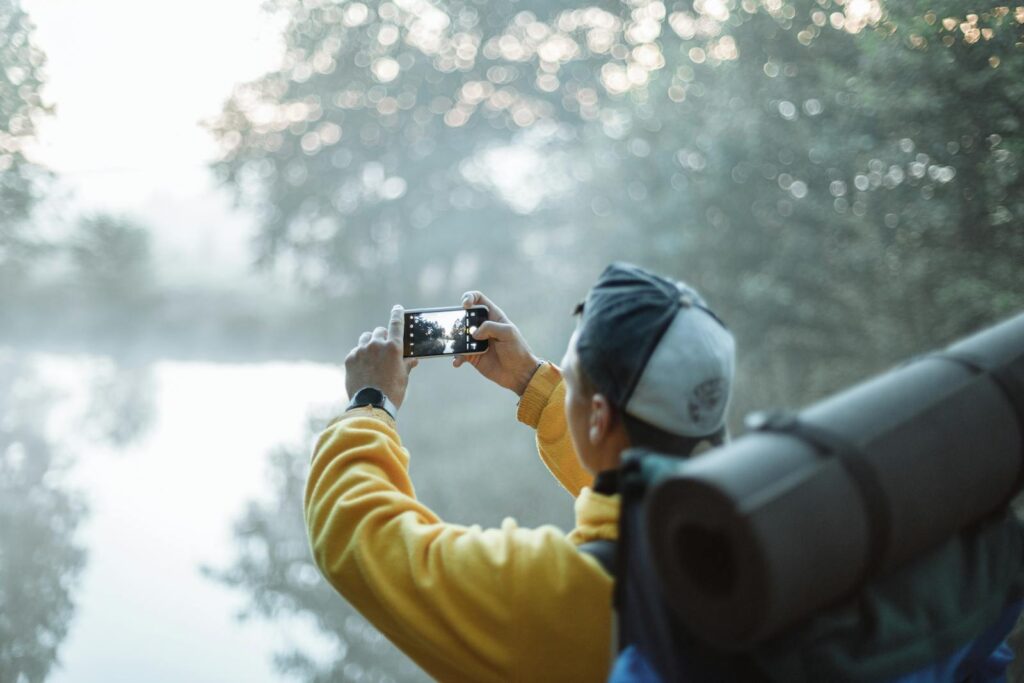
One of the most effective strategies for capturing birds in flight with a smartphone is mastering the art of prefocusing. This technique involves identifying a specific area where you anticipate a bird will fly through, then locking focus on that zone before the bird arrives. On most smartphones, you can do this by touching and holding on the screen at your chosen focal point until the focus locks. Some advanced smartphone cameras even offer focus peaking or zone focusing options in their Pro modes. Practice prefocusing on stationary objects at various distances to understand how your particular device responds before attempting moving subjects. When applied successfully, this technique dramatically improves your chances of getting sharp images, especially of birds flying in predictable patterns such as waterfowl coming in for landings or raptors circling overhead.
Perfecting Your Tracking and Panning Skills
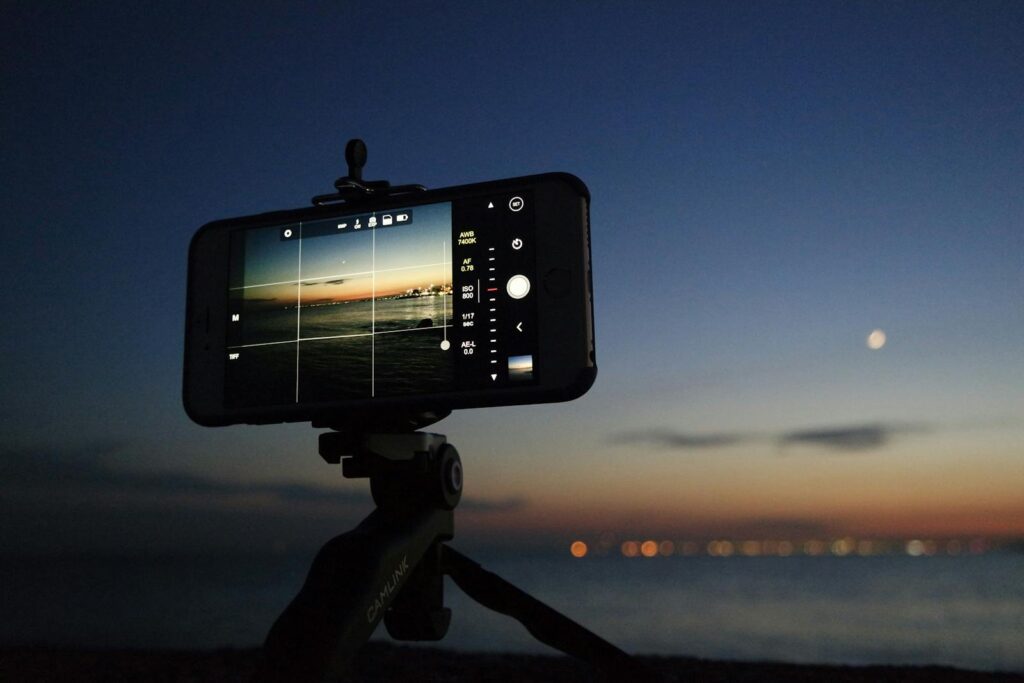
Tracking a flying bird with your smartphone requires developing smooth, controlled movements that keep your subject centered in the frame. Practice the art of panning—the horizontal movement of your camera that follows the bird’s flight path—by starting with slower-moving subjects like gliding gulls or soaring hawks before attempting faster flyers. Begin your pan before the bird enters your frame and continue the motion smoothly after capturing your shots to avoid jerky movements that create blur. Keep your elbows tucked close to your body for stability while swiveling from the waist rather than just moving your arms. With consistent practice, you’ll develop muscle memory that allows for fluid tracking movements, significantly increasing your percentage of sharp, well-composed flight images even with the limitations of smartphone autofocus systems.
Choosing the Right Location and Timing
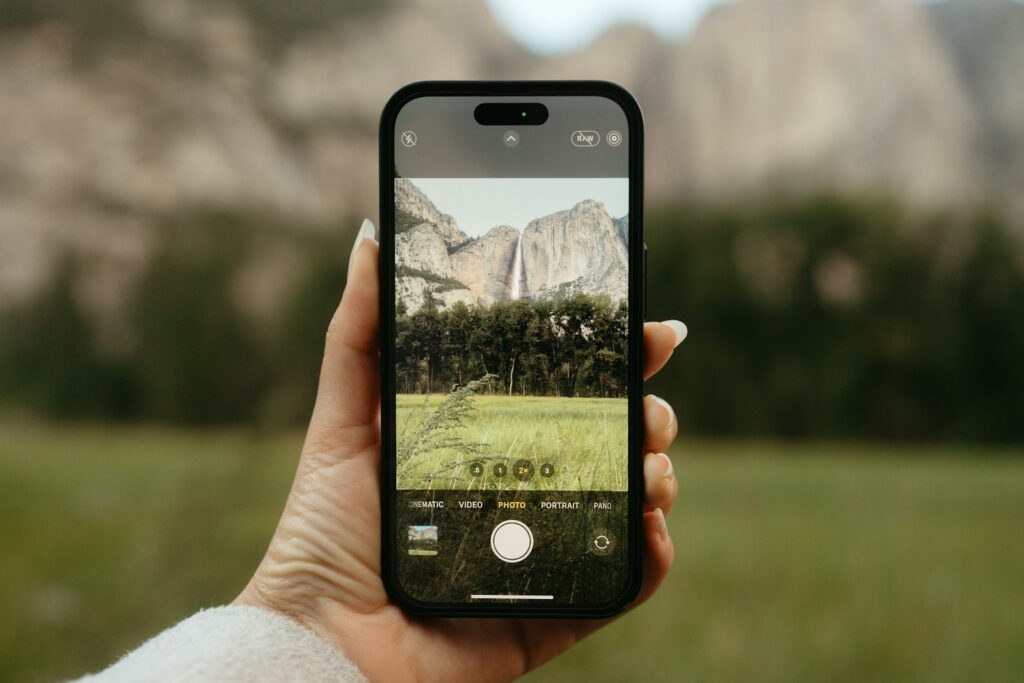
Selecting optimal shooting locations dramatically improves your chances of successful bird flight photography with a smartphone. Research local hotspots where birds regularly fly in predictable patterns, such as migration stopover sites, nesting colonies, or feeding areas where birds make regular trips. Coastal areas, wetlands, and lakes often provide excellent opportunities as birds fly lower and in more predictable patterns when approaching water. The timing of your photography sessions is equally important—early mornings typically offer both beautiful light and peak bird activity as many species actively feed after overnight fasting. Seasonal considerations also matter greatly; migration seasons (spring and fall in temperate regions) provide increased opportunities to photograph diverse species in flight as they move between breeding and wintering grounds.
Using External Lenses and Accessories
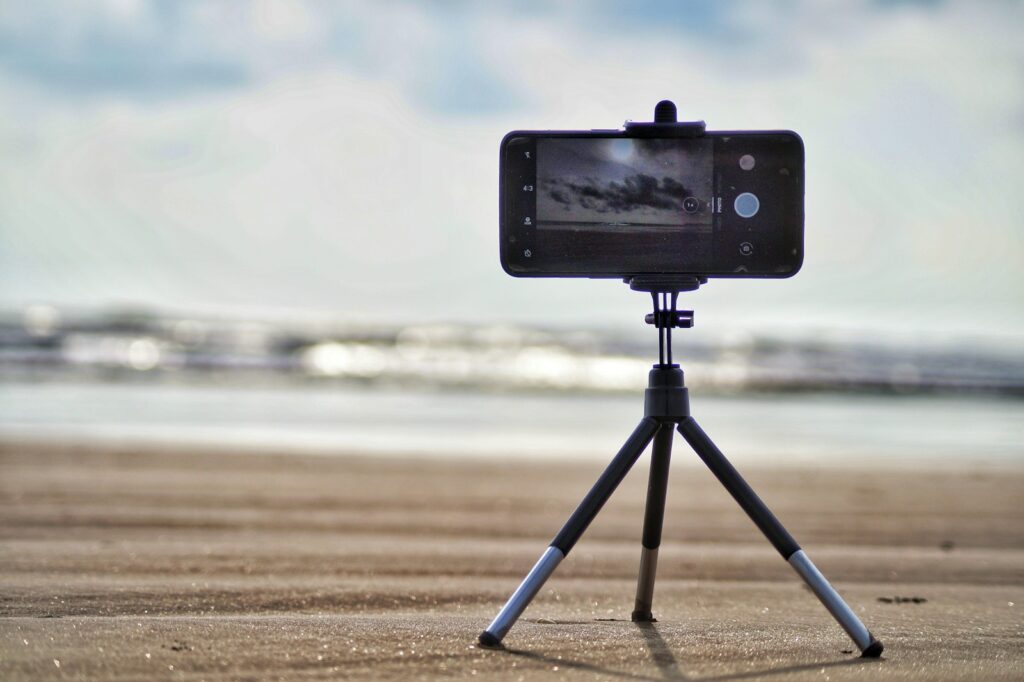
While modern smartphones have impressive built-in capabilities, external accessories can significantly enhance your bird flight photography. Clip-on telephoto lenses provide additional optical magnification without the quality loss associated with digital zoom, allowing you to capture more detailed images of distant birds. Smartphone stabilizing grips or gimbals help eliminate camera shake, particularly important when using higher zoom levels or shooting in lower light conditions. Consider investing in a smartphone adapter for a standard birding spotting scope or binoculars for even greater magnification possibilities. Portable power banks are also essential for extended photography sessions, as continuous use of camera features like burst mode and tracking focus can quickly drain your smartphone’s battery, especially in cold weather which further accelerates battery depletion.
Compositional Strategies for Flight Photography
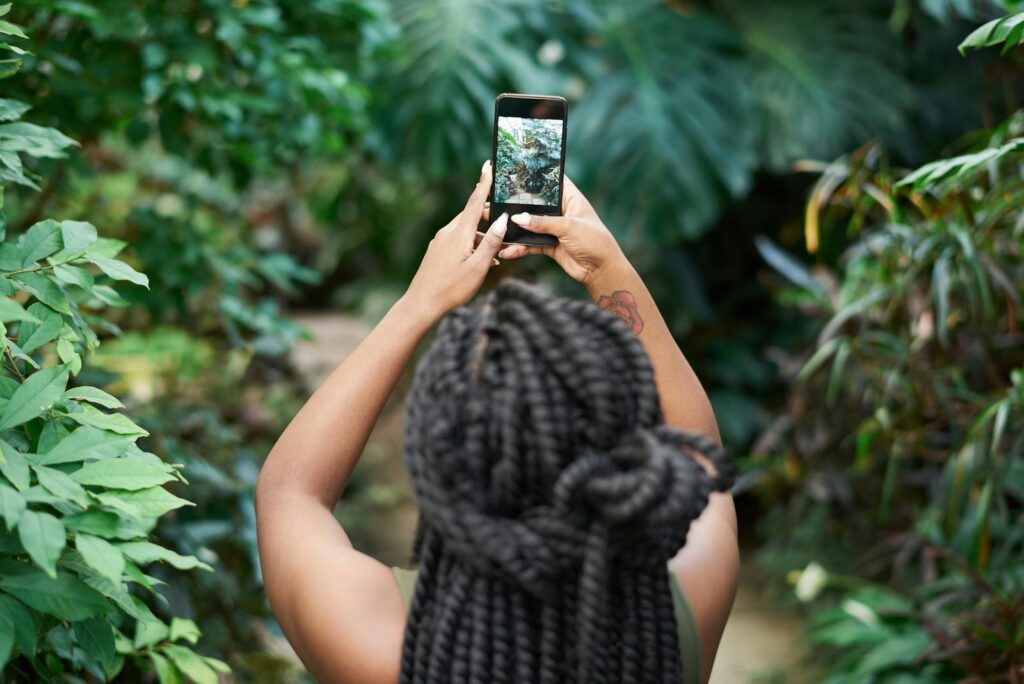
Strong composition transforms technically good photographs into visually compelling images that capture the essence of birds in flight. Apply the rule of thirds by positioning your flying subject at intersection points rather than centering it, creating more dynamic and interesting compositions. Leave adequate “lead room” in the direction the bird is flying, giving visual space that suggests movement and destination rather than crowding the bird against the frame’s edge. Consider the background elements carefully, as even beautifully captured birds can be lost against cluttered or distracting backgrounds; sky shots often work best, while backgrounds with consistent colors or patterns can create striking contrast with the bird’s form. When photographing multiple birds, look for interesting formations, interactions, or moments of perfect alignment that tell a visual story beyond simply documenting the species.
Specialized Apps for Bird Photography
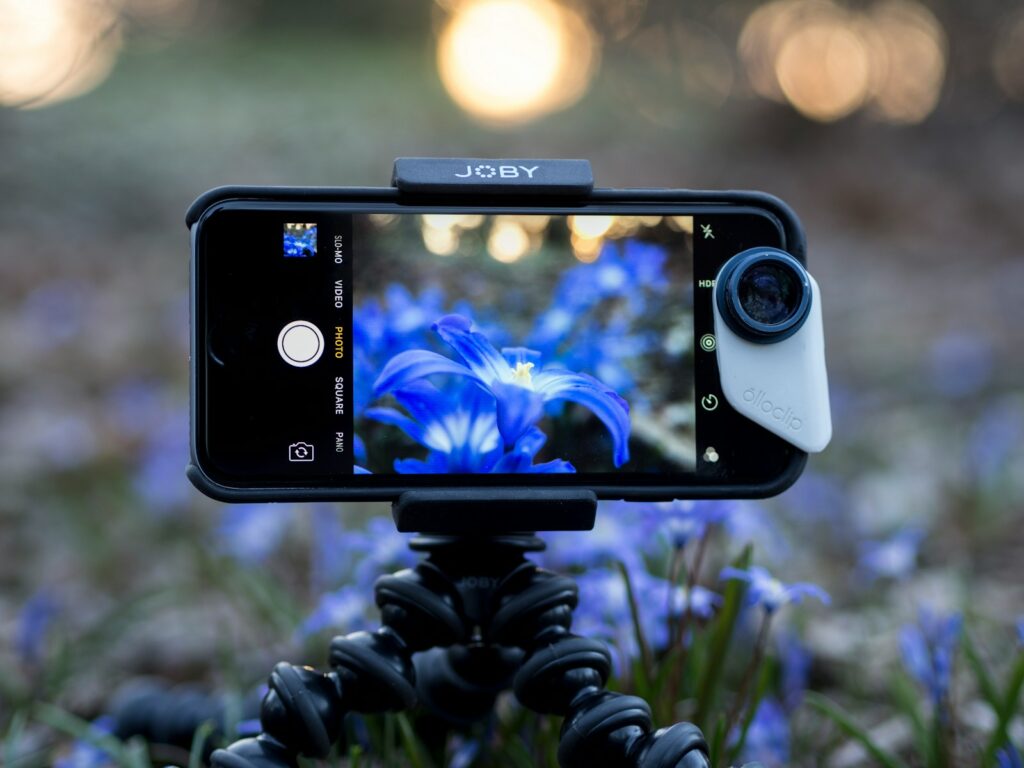
Several specialized photography apps can dramatically improve your smartphone’s capabilities for capturing birds in flight. Camera replacement apps like ProCamera, Halide, or Camera+ provide finer control over critical settings like shutter speed and ISO than most built-in camera apps. Bird identification apps with predictive AI technology, such as Merlin Bird ID or BirdNET, help you anticipate behavior patterns of specific species, allowing you to prepare for flight shots with greater knowledge of wing beat patterns and flight characteristics. Apps that offer expanded RAW file capture give you greater post-processing flexibility, especially useful for retrieving detail from highlights and shadows in high-contrast lighting situations common in sky photography. Additionally, some apps specialize in enhancing burst mode capabilities, offering higher frame rates or more intelligent selection of the sharpest images from a sequence.
Post-Processing Your Flight Images
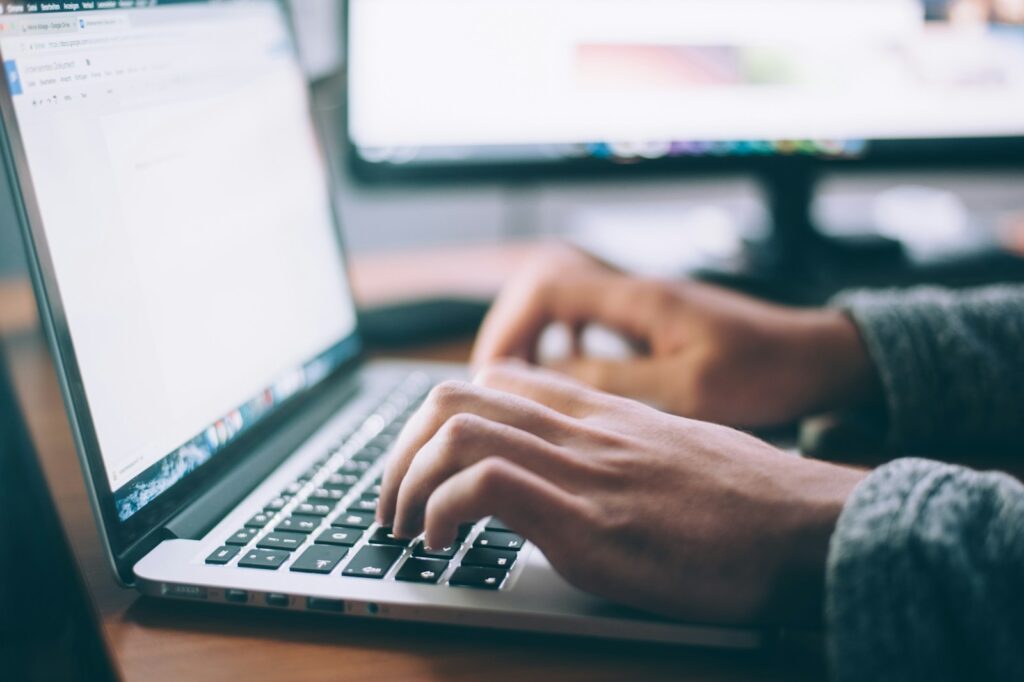
Post-processing plays a crucial role in transforming good smartphone bird photos into exceptional images that highlight the beauty and dynamics of birds in flight. Begin by selecting the sharpest images from your burst sequences, examining details like eye clarity and wing feather definition at 100% zoom. Make basic adjustments to exposure, contrast, and white balance to correct any technical deficiencies in your original capture. Consider selective cropping to improve composition or increase apparent subject size, but be mindful of maintaining sufficient resolution for your intended use. Many smartphone editing apps now offer AI-enhanced detail extraction that can help recover subtle feather textures or enhance the separation between the bird and background elements. Finally, consider whether color adjustments might better convey the emotional quality of the moment—perhaps slightly warming sunset flight images or enhancing the blues in clear sky backgrounds to create more visual impact.
Overcoming Common Challenges and Limitations
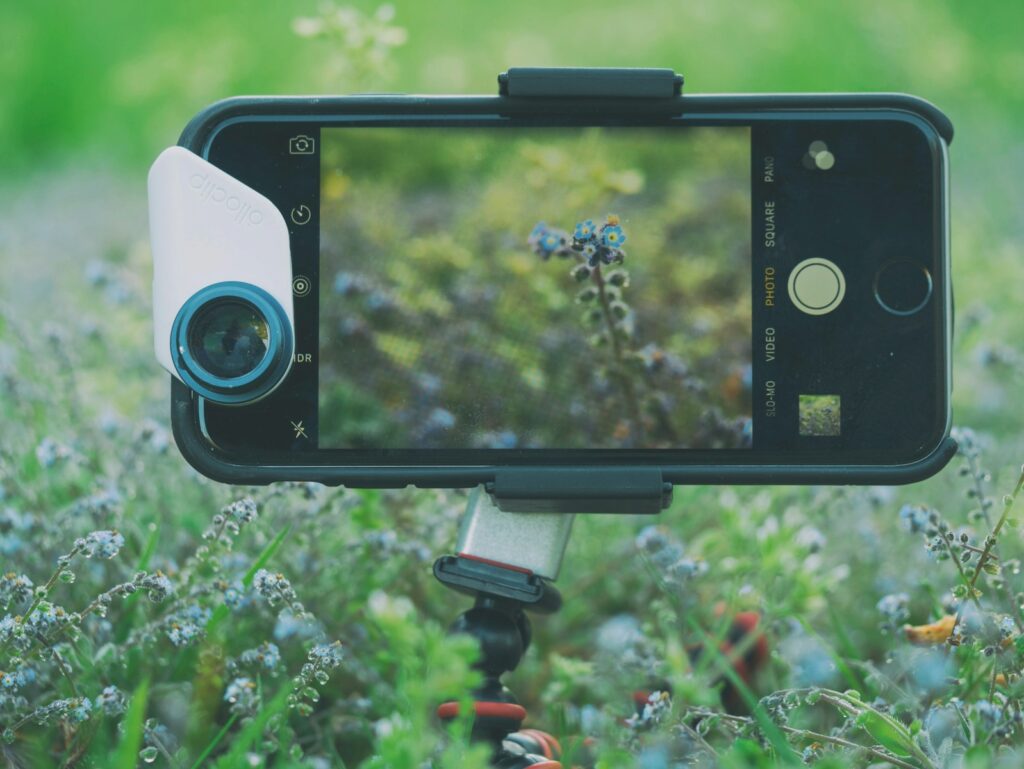
Even with the best techniques, smartphone bird flight photography presents several challenges that require adaptation and patience. Autofocus limitations remain perhaps the biggest hurdle, with smartphones often struggling to maintain focus on small, fast-moving subjects against variable backgrounds. Mitigate this by choosing situations with higher contrast between bird and background whenever possible. Another common issue is shutter lag—the delay between pressing the capture button and the image being recorded—which can be minimized by using your volume buttons as shutter triggers or employing voice commands on compatible devices. Digital noise in flight images taken in anything less than optimal light can be problematic, making noise reduction apps valuable tools in your post-processing workflow. Finally, recognize that some extremely fast or distant birds remain challenging subjects even for advanced smartphone photographers, and adjust your expectations accordingly while continually pushing the boundaries of what’s possible.
Developing Your Technical Skills Through Practice

Consistent practice is the key to developing the specialized skills needed for successful smartphone bird flight photography. Set aside regular practice sessions focusing exclusively on flying birds, starting with larger, slower species like herons or gulls before attempting warblers or swallows. Create deliberate challenges for yourself, such as attempting to capture a complete wing cycle from fully raised to fully lowered positions of a specific species. Review your images critically after each session, analyzing both successes and failures to understand what techniques worked and which need refinement. Consider keeping a photography journal noting the settings, lighting conditions, and approaches that proved most effective with different species and situations. With time, you’ll develop an intuitive sense for anticipating bird movements and adjusting your technique accordingly, transforming what was once frustrating trial and error into confident, consistent results.
Ethical Considerations in Bird Flight Photography
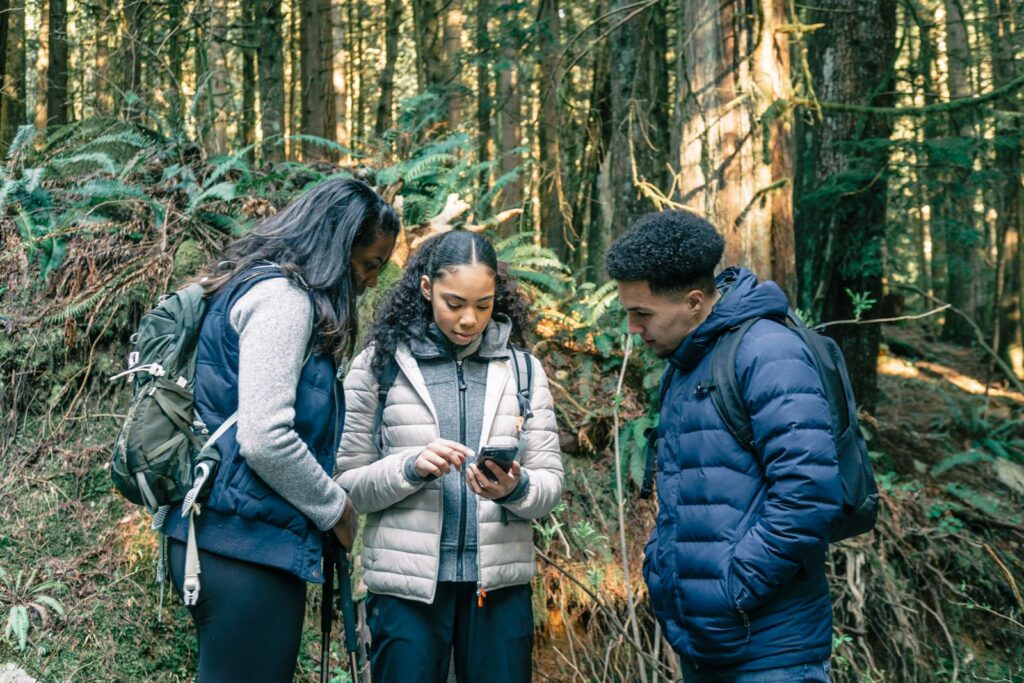
Ethical approach to bird photography should always take precedence over getting the “perfect shot.” Always maintain appropriate distances from nesting sites, roosting areas, and feeding locations to avoid causing stress or behavioral changes in your subjects. Learn to recognize signs of distress in birds, such as alarm calls, defensive displays, or repeated flush responses, and immediately increase your distance if these occur. Never use playback sounds or artificial feeding to manipulate birds into flight for photographic purposes, especially during breeding seasons when energy conservation is critical. Consider joining organizations like the North American Nature Photography Association (NANPA), which provides ethical guidelines for wildlife photography. Remember that your presence as a photographer has real impacts on wild birds, and practicing responsible photography ensures both the welfare of your subjects and the continued opportunity for others to enjoy observing natural behaviors.
The accessibility of bird flight photography through smartphone technology represents a remarkable democratization of wildlife documentation, allowing anyone with passion and patience to capture moments once reserved for those with specialized equipment. As smartphone cameras continue to evolve with computational photography advances, the possibilities for capturing birds in flight will only expand. The techniques outlined in this guide—from mastering prefocus and panning to understanding light and composition—provide a foundation for success with current technology. While smartphones may never completely replace professional camera systems for the most demanding bird photography situations, the gap continues to narrow, and the unique advantages of having a capable camera always in your pocket means you’ll never miss those unexpected, magical moments when birds take wing before your eyes.
